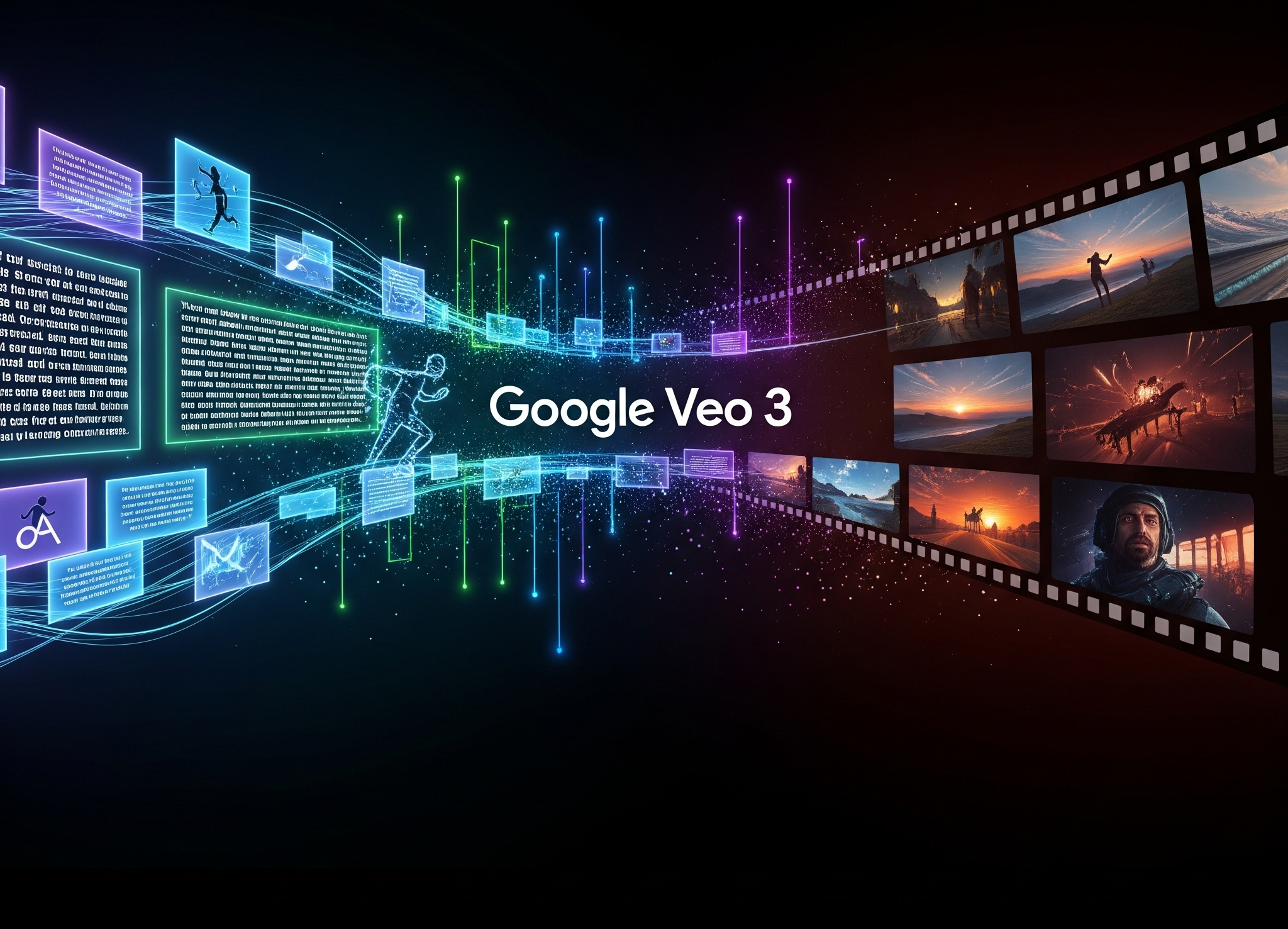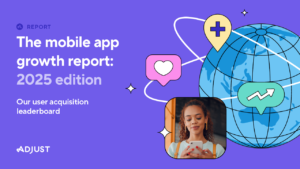Jakarta, SenayanTalks — Google has unveiled Veo 3, the latest breakthrough in AI-powered video generation, and it is already being hailed as a turning point for digital creativity. Unlike earlier models that focused solely on generating visuals, Veo 3 introduces native audio integration, cinematic realism, and advanced prompt flexibility, making it one of the most ambitious text-to-video tools to date.
At the heart of Veo 3 is its ability to generate synchronized dialogue, ambient sound, and music directly alongside video. Instead of creators layering audio in post-production, Veo 3 embeds sound during the generation process. This leap saves time and ensures seamless lip-sync, realistic background noise, and immersive soundscapes.
Google says this capability stems from years of research at DeepMind, combining speech synthesis, sound design, and multimodal AI into a single workflow. The result is a model that not only creates what you see but also what you hear.
Cinematic Visuals and Prompt Precision
Veo 3 also excels in visual fidelity. It supports 1080p resolution and multiple aspect ratios, including vertical 9:16 format tailored for TikTok, Instagram Reels, and YouTube Shorts.
Its prompt system goes beyond simple text descriptions. Users can provide images, cinematic cues, and narrative instructions to guide output. For example, prompts like “a dolly zoom across a rainy neon street” or “a wide shot of a desert at sunrise” produce results that mimic professional filmmaking.
According to AllAboutAI, the model’s dual-compound frame structure allows better physics simulation, smoother motion, and more natural lighting transitions — elements crucial for realistic storytelling.
Expert and Reviewer Perspectives
Tom’s Guide highlighted its impressive lip-sync and audio realism but cautioned that some camera cues still produce unpredictable results.
“Veo 3 is the closest we’ve come to Hollywood-level AI video, but it isn’t flawless yet,” the review noted.
TechCrunch emphasized the leap in usability: “By merging sound and video generation, Google has effectively halved the workload for creators. This isn’t just efficiency — it’s a paradigm shift.”
Time Magazine, however, raised ethical concerns, warning that hyper-realistic video paired with convincing audio could fuel misinformation or deepfakes. Google has introduced watermarks and detection systems, but experts argue these safeguards must evolve as quickly as the technology itself.
Strengths:
- Native audio generation with synchronized lip-sync.
- High-resolution (1080p) and vertical video support.
- Flexible prompts (text + images + cinematic instructions).
- Integrated creative tools like Flow for editing and stitching clips.
Limitations:
- Clip length often capped at around 8 seconds, requiring stitching for longer content.
- Prompt control is powerful but still requires skill and iteration.
- Premium access costs remain high, limiting small-scale creators.
- Ethical risks tied to deepfake misuse.
Implications for Creators and Industry
For content creators, marketers, and educators, Veo 3 opens doors to professional-grade production without Hollywood budgets. Its support for social-media-friendly formats positions it as a likely staple for influencers and advertisers.
At the same time, regulators and platforms face mounting pressure to address the ethical challenges of photorealistic AI video. Analysts suggest that while Veo 3 can democratize creativity, it also demands stricter digital content governance.
Google Veo 3 is more than just an upgrade — it’s a technological milestone. By uniting audio and video generation with cinematic precision, it redefines how stories, ads, and even educational content may be produced in the coming years.
While experts applaud its innovation, they caution that society must balance creative freedom with safeguards against misuse. As Veo 3 moves closer to public rollout in 2026, one thing is clear: AI video is no longer experimental — it’s entering the mainstream.
You might also like :





